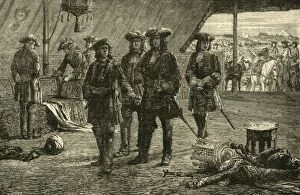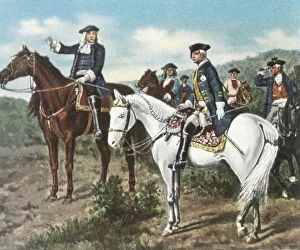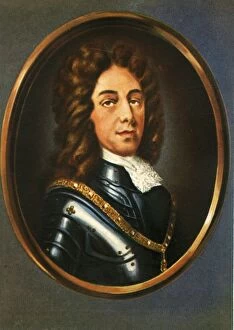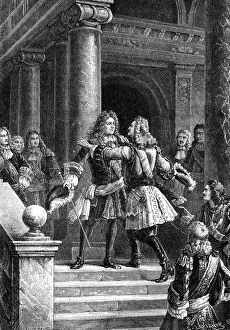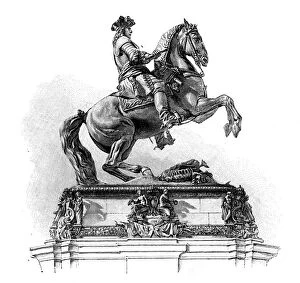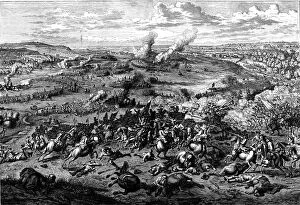Eugene Of Collection
"Eugene of Savoy: A Legendary Military Strategist and Noble Figure" Prince Eugene, also known as Eugene of Savoy
All Professionally Made to Order for Quick Shipping
"Eugene of Savoy: A Legendary Military Strategist and Noble Figure" Prince Eugene, also known as Eugene of Savoy, was a prominent historical figure who left an indelible mark on European history. Born in 1663, this French-born Austrian soldier became renowned for his military prowess and strategic brilliance. One notable event that showcased Prince Eugene's military genius was the victory over the Turks at Belgrade in 1717. This triumph solidified his reputation as a conqueror and earned him great admiration throughout Europe. The painting depicting this victorious moment in 1890 remains an enigma with an unknown creator. Prince Eugene's influence extended beyond the battlefield. In 1734, he formed a close bond with Crown Prince Frederick, fostering diplomatic relations between Austria and Prussia. Their meeting is captured in a captivating artwork from 1936 by another anonymous artist. Despite being born outside Austria, Prince Eugene embraced his adopted homeland wholeheartedly. His dedication to Vienna is evident through his association with landmarks such as Belvedere Palace – an architectural masterpiece that stands proudly to this day. The equestrian statue of Prince Eugene adorning Vienna further immortalizes his legacy. Crafted by Margaret Jacob, it symbolizes not only his military achievements but also serves as a reminder of the noble values he embodied throughout his life. Throughout history, many artists have sought to capture the essence of Prince Eugene through their works. From Delpech's portrayal around c1820 to various depictions dating back to 1909 and even earlier renditions like that from 1830 – each artwork offers unique insights into this remarkable man's character and impact on society. Prince Eugene's encounters were not limited to battles alone; he engaged in significant meetings too. One such encounter occurred when Marshal Villars met him in Rastadt in 1898—an event commemorated by Villars himself through artistry yet again.


